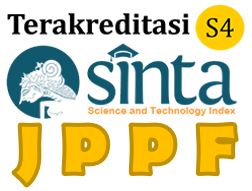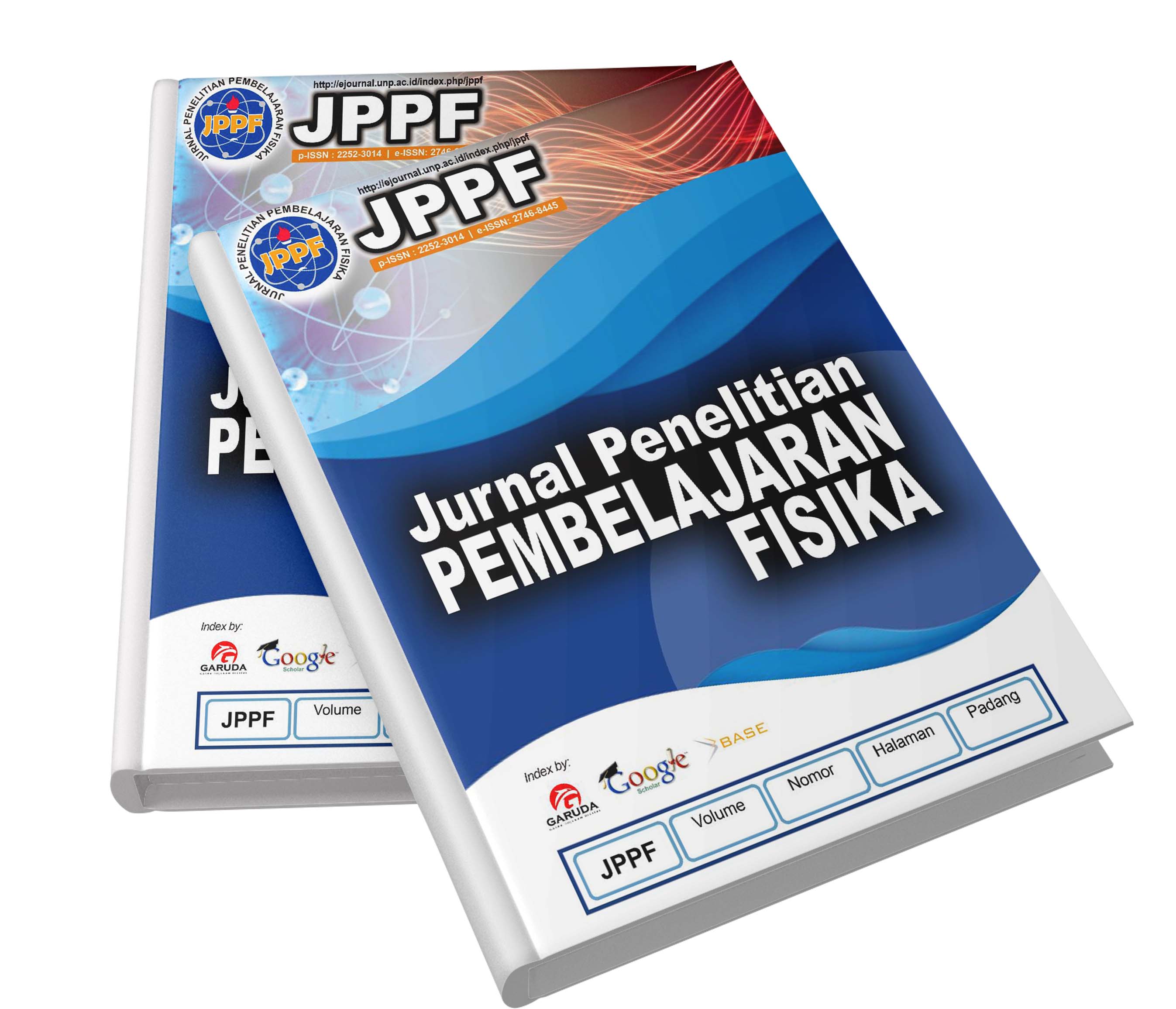Abstract
Competence of students in learning physics is still not optimal. One of the contributing factors is that the modules used are still in print form and have not fully utilized technological devices in their use. In addition, learning is not yet centered on students. This condition requires the development of physics modules with appropriate learning models and can be operated using technological devices. This study aims to analyze the practicality of the physics e-module using a smartphone-assisted Inquiry Based Learning model. This research is an advanced research of R&D with the Plomp model. This research needs to be done so that students can improve the competencies needed in the 21st century by learning using e-modules. In addition, educators also need alternative solutions to implement more innovative and effective learning by using an e-physics module using a smartphone-assisted inquiry-based learning model. The developed e-module is very necessary to train students' independence in learning both online and offline and as a reference for educators in compiling e-modules with the same model on other physics materials. The research instrument used was an e-module practicality test questionnaire. The research subjects consisted of two physics teachers and 35 students of class X SMAN 2 Kerinci. The results of one to one evaluation show that the e-module can be used, easy to use, attractive and efficient with an average practicality value of 83.99. The results of the analysis of the average practicality at the small group stage were 91.40 and 93.99 at the field test stage. Practicality based on the teacher's response at the field test stage was obtained as much as 96.47. Based on the data analysis, it was concluded that the physics e-module using the smartphone-assisted Inquiry Based Learning model is practically used in the high school physics learning process with a high practicality category so that it can be used as one of the teaching materials used.




